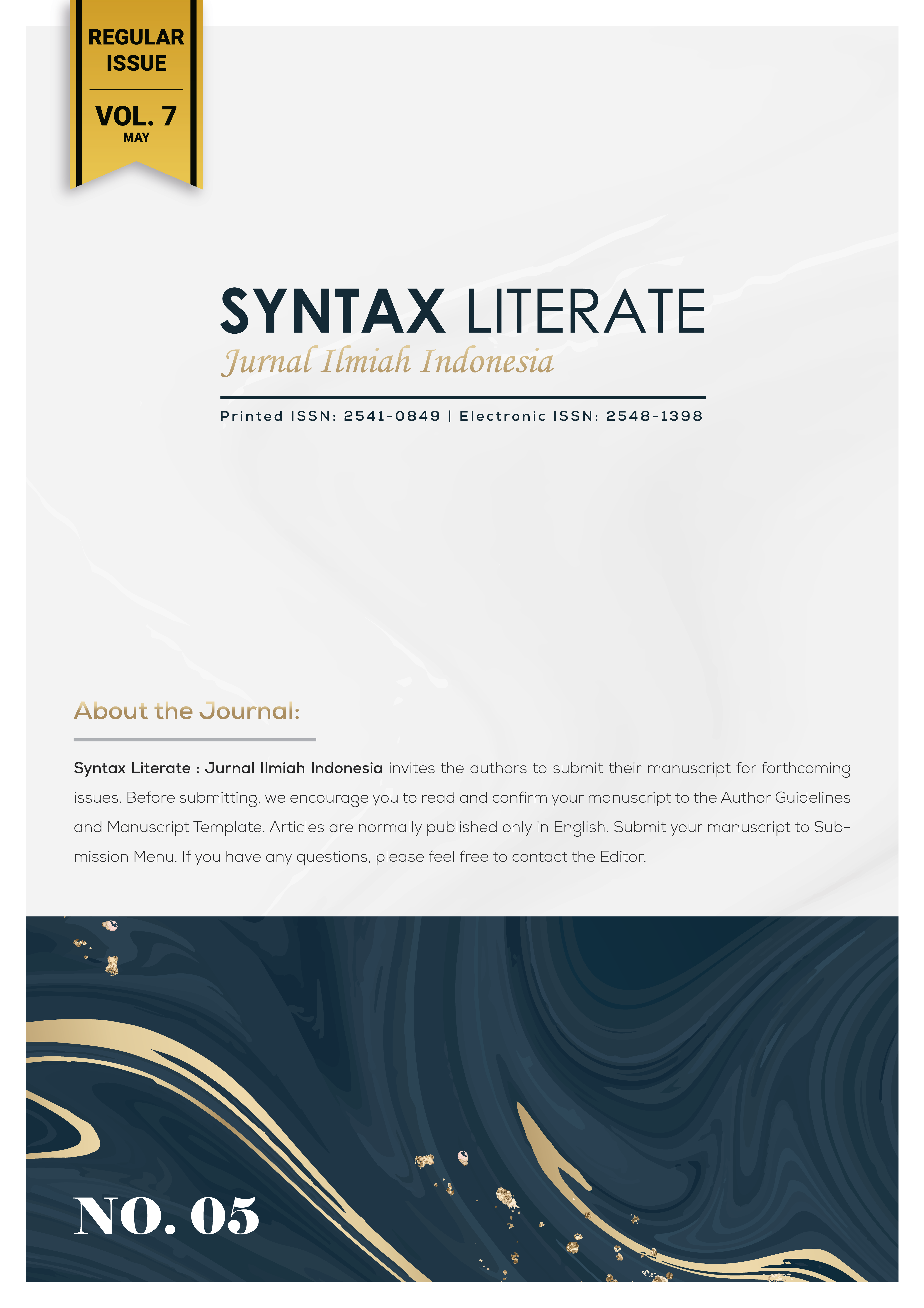Congenital Adrenal Hyperplasia In Adolescents Age 18 Years
Abstract
Congenital adrenal hyperplasia is an autosomal recessive genetic disorder that results in deficiency of enzymes required for steroidogenesis in the cortex of the adrenal glands. The incidence of CAH is rare and it can occur in both males and females. Generally, CYP21 mutations lead to deficiency of the 21-hydroxylase enzyme and failure of adequate cortisol synthesis. Congenital adrenal hyperplasia (CAH) is classified into two types, namely classical and nonclassical types. The patient's clinical manifestation was genital ambiguity in female infants. The aim of this case report is to share our experience of CAH in adolescents in West Sumatera. We report a case of congenital adrenal hyperplasia in an 18 year old girl. The patient was referred to the Urogynecology Obstetrics and Gynecology Department, Dr. M. Djamil Padang with chief complaint of clitoral enlargement since the age of 5 years. On physical examination, vital signs were within normal limits, chest examination revealed Tanner Stage 3 breasts, genital examination revealed an enlarged clitoris with a size of 3x1 cm without the presence of a vaginal canal. Investigations that support the diagnosis are 17-hydroxy progesterone laboratory with a result of 90.2 nmol/L. On ultrasound examination of the abdomen within normal limits with the results of chromosome 46,XX analysis. The patient had not had an adrenal crisis for 18 years. The patient was diagnosed with clitomegaly and the cause of congenital adrenal hyperplasia. The patient was given hydrocortisone therapy at a dose of 20 mg in the morning, followed by a dose of 15 mg at night and planned to undergo clitororeduction surgery by carrying out the perioperative and postoperative hydrocrotisone therapy protocol. The patient's family was given counseling, carried out regular monitoring of the patient and hydrocortisone therapy. Congenital adrenal hyperplasia is a disease caused by genetic disorders that require multidisciplinary management. Enforcement of diagnosis, appropriate management, and counseling are needed to optimize patient growth and development.Downloads
Copyright (c) 2022 Ibnu Razi Mulya Hasjmy, Dani Kartika Sari, Haviz Yuad

This work is licensed under a Creative Commons Attribution-ShareAlike 4.0 International License.











